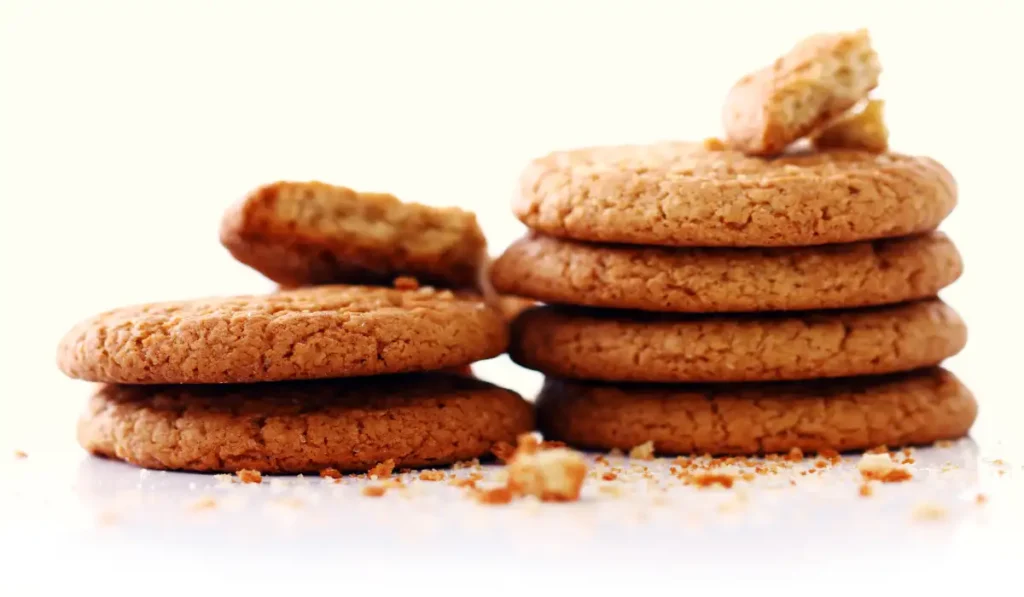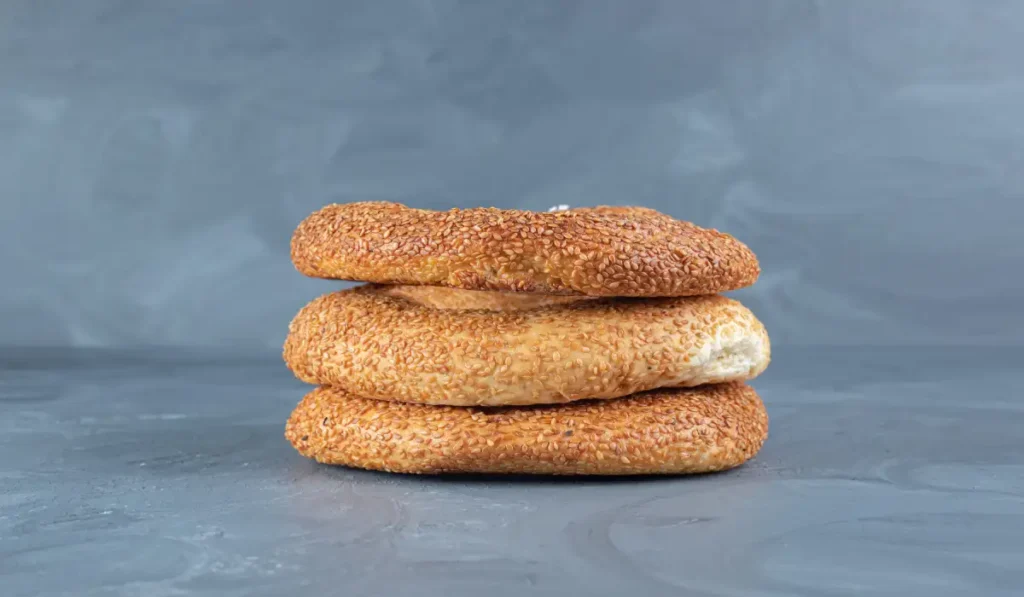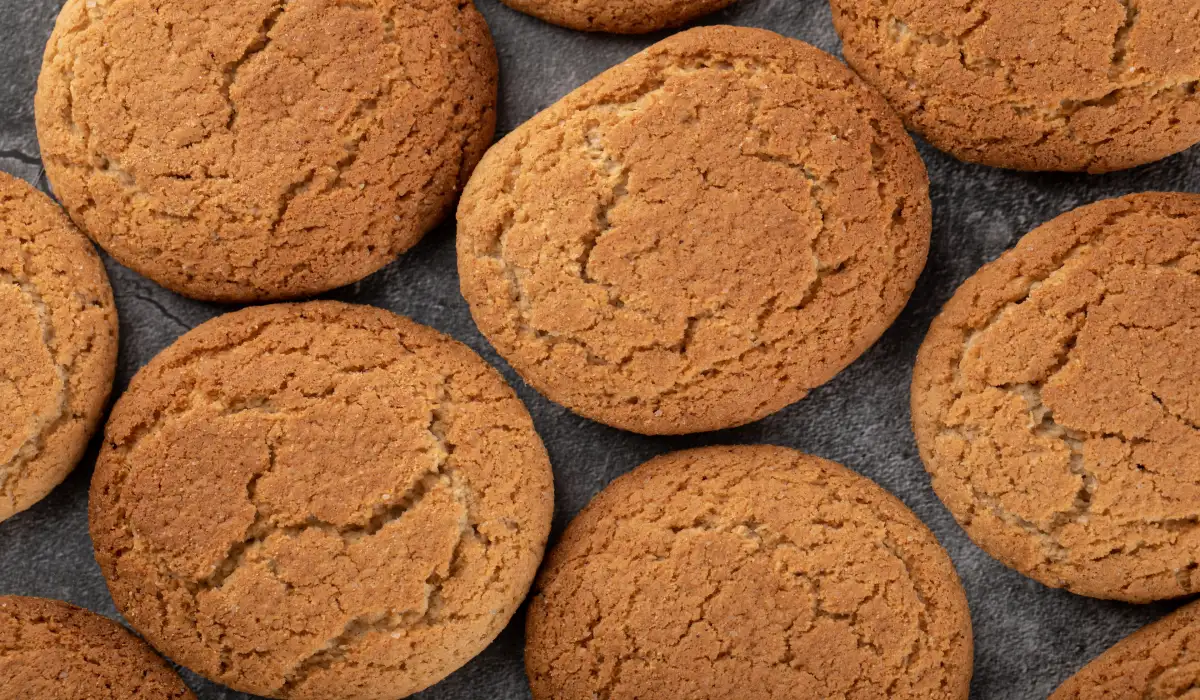When it comes to baking delicious cookies, one ingredient that often stands out is cream of tartar. But what exactly does this versatile substance bring to your favorite treats? In this article, we’ll delve into the world of cookie baking and uncover the secrets behind the role of cream of tartar.
The Science Behind Cream of Tartar: Baking Chemistry Unveiled
- Cream of Tartar, scientifically known as potassium bitartrate, is an acidic byproduct formed during wine fermentation.
- In the realm of baking, this seemingly ordinary white powder plays a pivotal role as an acid that activates baking soda, a well-known leavening agent.
The Chemical Reaction: How Cream of Tartar Elevates Cookies
When combined, cream of tartar and baking soda trigger a chemical reaction, resulting in the production of carbon dioxide gas. This gas is responsible for causing your cookies to rise and develop the sought-after light and airy texture.
Stabilizing Egg Whites: Fluffy Meringues and Beyond
Beyond its leavening properties, cream of tartar also excels at stabilizing egg whites, making them perfect for creating fluffy meringues and certain cookie varieties.
Flavor Enhancement: A Tangy Twist to Your Cookies
Moreover, this acid introduces a gentle, pleasing tangy flavor to specific cookies, such as the beloved snickerdoodles.

Advantages of Using Cream of Tartar in Cookies: Elevate Your Baking
Curious about why you should consider using cream of tartar in your cookie recipes? Let’s delve into its advantages:
Achieving a Soft and Chewy Texture: Cream of Tartar Magic
Cream of tartar can work magic, giving your cookies that ideal balance between soft and chewy on the inside and slightly crispy on the outside.
Controlled Cookie Spread: Shaping Your Treats
It plays a crucial role in managing the spread of your cookies during baking, ensuring they maintain their intended shape and thickness.
Enhancing Flavor Profile: A Tangy Twist
The inclusion of cream of tartar imparts a subtle, delightful tanginess to your cookies, elevating their overall flavor.
Preventing Crystallization: Smooth and Pleasing Texture
In recipes like sugar cookies, it prevents sugar from crystallizing during baking, resulting in a smoother, more pleasant texture.
Reliable Leavening Agent: Light and Airy Cookies
When combined with baking soda, cream of tartar acts as a dependable leavening agent, producing cookies with a delightful lightness.
Now that you have a deeper understanding of how cream of tartar enhances your baking, you might be intrigued by viable alternatives. For comprehensive insights and substitution recommendations, check out JoyFoodSunshine’s detailed guide. Additionally, if you’re a fan of classic snickerdoodle cookies and want a traditional recipe that includes cream of tartar, visit Sally’s Baking Addiction.

In conclusion, cream of tartar is a remarkable ingredient that can elevate your cookie-baking experience. Whether you choose to use it or explore alternatives, armed with this knowledge, you’re ready to create perfect batches of cookies every time. Happy baking!
For readers interested in complementing their lobster pasta with a savory dish, the French Meat Stuffing Recipe can be a great addition.

